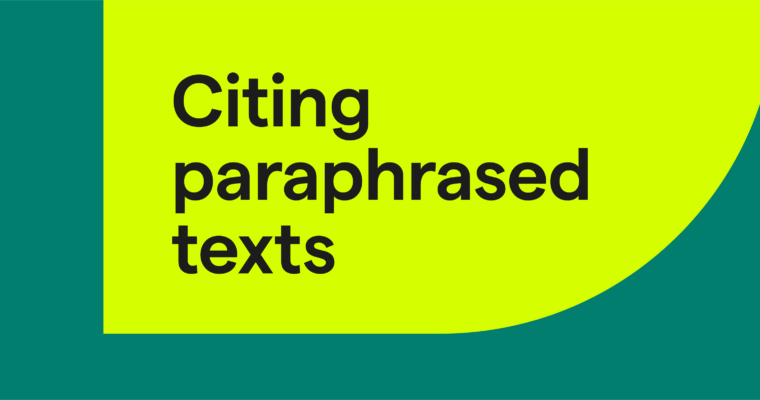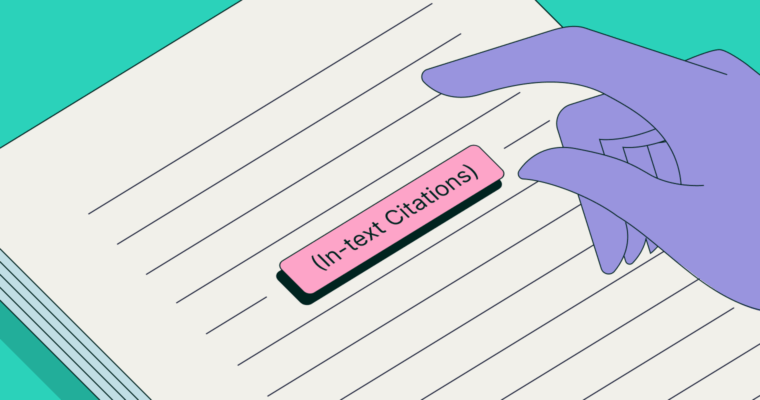Knowing how to cite an image in APA format, whether it’s classic art or an infographic, is an essential part of writing a research paper. The seventh edition of APA Style requires that, for photos and images, you list the creator’s name, image title, year of origin, type of media, and location from which you accessed the image (such as a website URL or museum name).
Last name of creator, First name initial. (Year of origin).
Don’t be confused by the “type of media”—this simply means the medium of the image. For example, you could write “[Photograph],” “[Painting],” “[Digital Art],” “[Infographic],” “[Clip Art],” or “[Map],” depending on the type of image you’re citing.
In practice, your reference-page citation should look like this:
Ross, B. (2017).
In APA reference citations, write titles in sentence case except periodicals (newspapers, magazines, scholarly journals, etc.)—so capitalize only the first word of a title, the first word after a colon, and proper nouns. In text, however, use the title case.
In-text citations are much simpler. They use the creator’s last name and the year of origin.
(Last name of creator, Year of origin)
(Ross, 2017)
This formula applies for all online images, both primary and secondary sources. However, there are a few deviations that don’t quite fit this template—for example, how to cite a photo with missing information in APA format, or how to cite an image from a museum or art gallery. There’s also a difference between citing an image for research and reproducing it within your text.
Below, we discuss these specific situations in detail so you know how to cite photos in APA format for any variation.
How to cite an image from a museum or gallery in APA format
When you’re citing an image seen in a museum or art gallery, the citation guidelines are a bit different. Instead of the name of the website, you list the name and location of the museum or gallery.
If you’re citing an image seen on the venue’s website, you also include the URL at the end of the citation. The URL isn’t necessary if you saw the image in person.
In short, follow this template for citing images from a museum or gallery:
Last name of creator, First name initial. (Year of origin).
The finished citation should look like this:
Klimt, G. (1909).
In-text citations for photos and images from museums and galleries follow the same guidelines as other images: the creator’s last name and the year of origin in parentheses.
(Klimt, 1909)
How to cite an image with missing information in APA format
It’s quite common, especially for online images, that information about the image might be missing, which would make it difficult to know how to cite it in APA format. Luckily, there are ways around missing information to keep your citations intact.
How to cite an image with no title in APA format
If the image has no official title, such as a screenshot, you can write a description of the image in brackets.
How to cite an image with no date in APA format
If there are no dates attached to the image, simply write “n.d.”—note that there’s no space between the letters. This stands for “no date,” and it can be used in place of a date for both reference-page and in-text citations.
Without a year of origin, however, you must add the date you accessed the image. After the type of media and before the website or museum name, use the formula “Retrieved Month Day, Year”—for example, “Retrieved April 21, 2022.”
How to cite an image with no creator in APA format
If the image has no credited creator—or an organization that produced it—you can use the work’s title or description in place of the creator’s name. This applies to both reference-page and in-text citations.
Example image citation with missing information
Here’s an example of how to cite a photo that’s untitled, undated, and uncredited in APA format:
[Example shade of magenta]. (n.d.). [Digital Art]. Retrieved May 18, 2022. Quora.
The in-text citation should look like this:
([Example shade of magenta], n.d.)
How to reproduce an image in text using APA format
To reproduce or reprint an image within your paper, you must follow special guidelines for APA format. For starters, if the image or photo is not in the public domain, you must request permission from the owner to reuse it.
In APA papers, images are categorized as numbered figures, as in “Figure 1,” “Figure 2,” etc. The credit goes alongside the caption at the bottom of the image, although the figure number and title should appear above the image as well.
Below the image, write the image credit using this formula:
Figure # in italics
Note that the image title may be written either in italics or enclosed in quotation marks, depending on the type of source. Also note that the source should be a URL for digital copies or a reference listing for print media. Including “Reprinted with permission” is not applicable in all situations.
In practice, your citation or caption should look like this:
Figure 3





